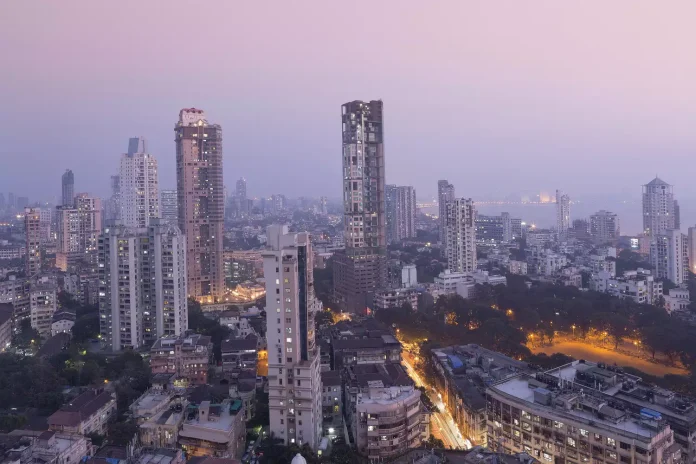Public opinion is leaning towards prime minister Narendra Modi and his Bharatiya Janata Party being likely to secure a third term in office, but voters are concerned about economic conditions and alleged corruption, according to Social Europe.
India’s economic trajectory has been very uneven for several decades, but inequality has increased dramatically over the last decade. The recovery from the COVID-19 pandemic has been K-shaped. The top 10 per cent of the population, about 140 million people, are prosperous, but the vast majority is worse off and often experience considerably worse material conditions.
The extent of inequality in India has been highlighted in a recent study by the World Inequality Lab, which combines national income accounts, wealth registers, tax tables, lists of rich people and studies of income, consumption and wealth into a single system. Even though official data generally do not properly reflect the incomes and assets of the very rich, as the researchers point out, India under the “the billionaire raj” is more unequal than under the colonial British Raj.
Such inequality is both a consequence and a cause of economic growth under Modi. The consequence is that many central government policies have been designed to favour large corporations.
For instance, the sudden demonetisation of large banknotes in November 2016 without any warning had dire consequences in a country where about 90 per cent of transactions were done in cash. At the same time, about 85 per cent of workers were engaged in informal cash-based activities. Thus, the problem of reducing corruption and “black money” has only worsened.
The introduction of the Goods and Services Tax in July 2017 dealt another blow to informal activities, allowing large enterprises to take market share away from smaller informal enterprises unable to cope with the new system.
Overly harsh lockdowns during the pandemic started again with little or no regard for preparation and virtually no social protection or compensation for loss of livelihoods. This led to economic disaster for hundreds of millions of workers, many of whom were forced to return to their homes in very unfavourable conditions. Schools and other important public institutions remained closed for over a year, with the education system still not fully recovered from the disorder.
Researchers at the World Inequality Lab point out that the quality of Indian economic data is notably poor, as there has been a recent decline. Despite this, official employment surveys indicate the extent of the problem. The recently released India Employment Report 2024 brought out by the Institute of Human Development and the International Labour Organisation draws an unpleasant picture.
The increase in female labour force participation to a relatively low level (21 per cent) was largely due to the fact that more women (more than a third of the workforce) worked for free in family enterprises. Thus, the proportion of women over the age of 15 who are paid for their work was only 13 per cent, according to the report.
Along with employment, real wages stagnated or even declined. Permanent male workers in both urban and rural areas experienced a decline in real wages. Meanwhile, the wage gap also widened sharply, so that in 2022, temporary female workers in urban and rural areas received only one-fifth of the average wage received by urban permanent male workers.
Investment levels, which increased and remained above 35 per cent of gross domestic product between 2005 and 2010, subsequently fell and stabilised at around 32 per cent. Private investment has not responded to incentives such as the massive reduction in the corporate tax rate in 2019, which has reduced government revenue by more than 2 per cent of GDP.
This was probably related to the fact that mass consumer demand was not increasing, which was not surprising given the stagnation of real wages. Indeed, sales of some mass-market products like two-wheeler vehicles were lower than they had been before demonetisation in 2016, even though sales of luxury cars were skyrocketing.
Modi and his party may well be able to win re-election with the current course or by co-operating with opposition parties. However, India’s economic reality remains an issue worth paying attention to.
